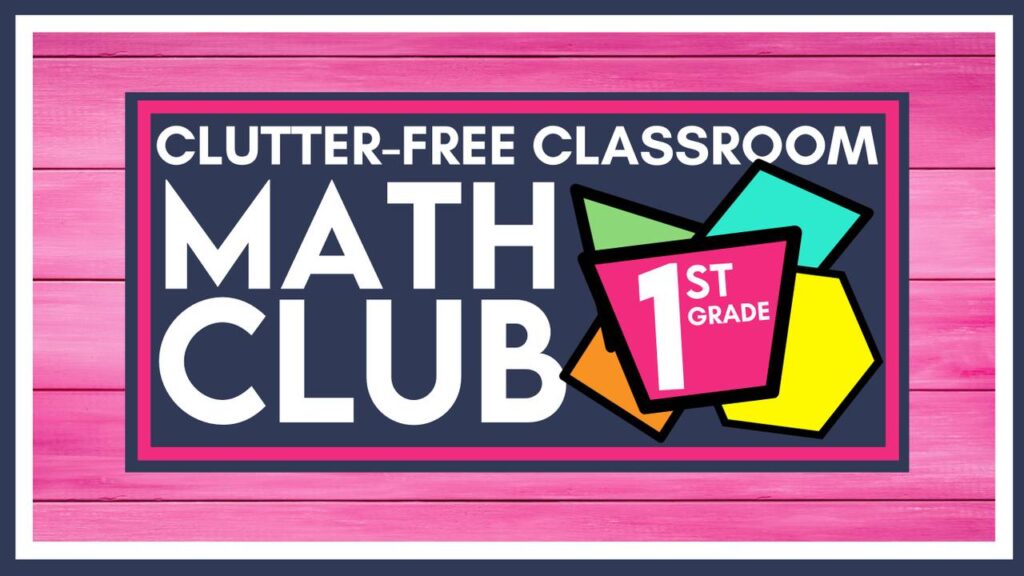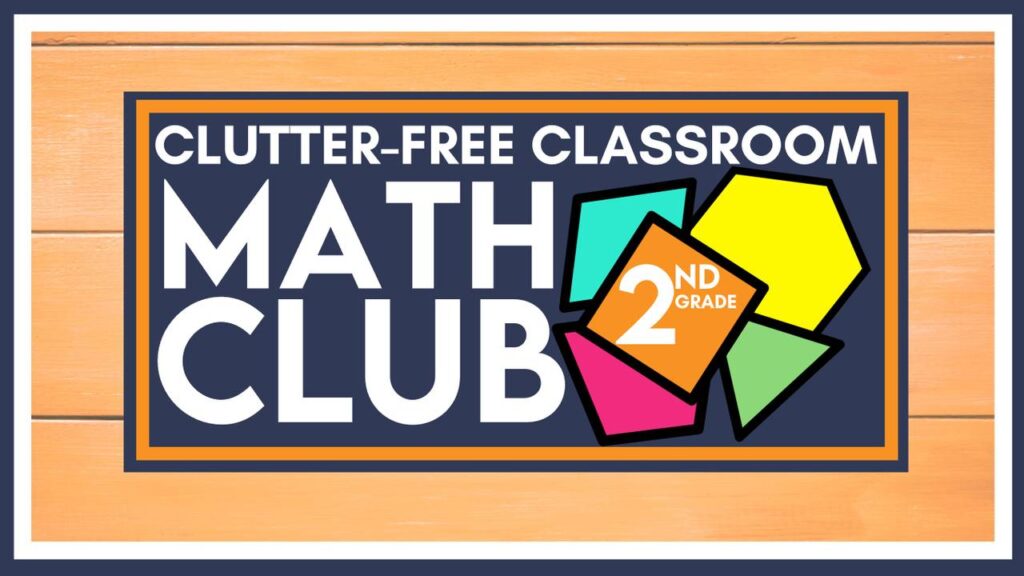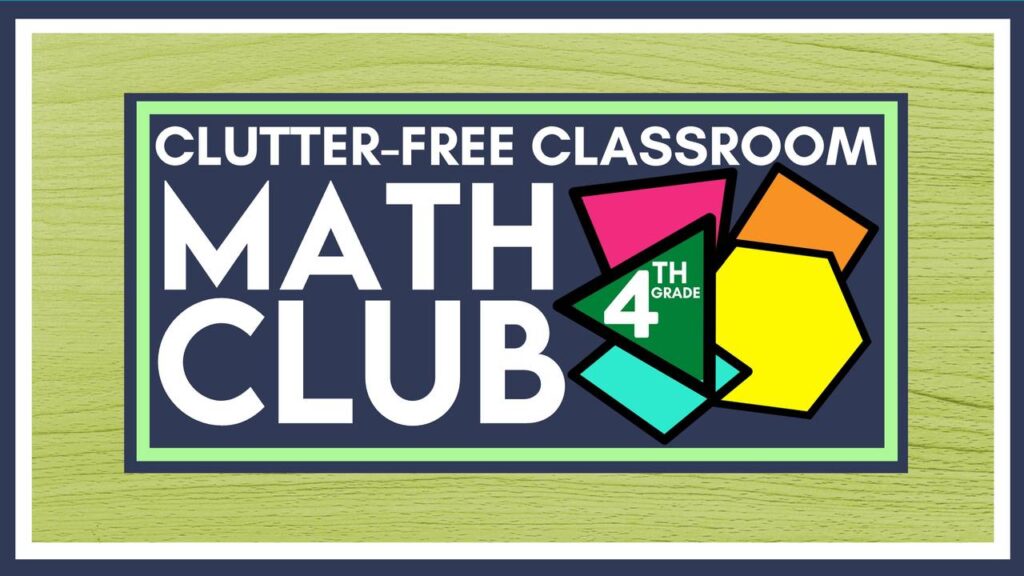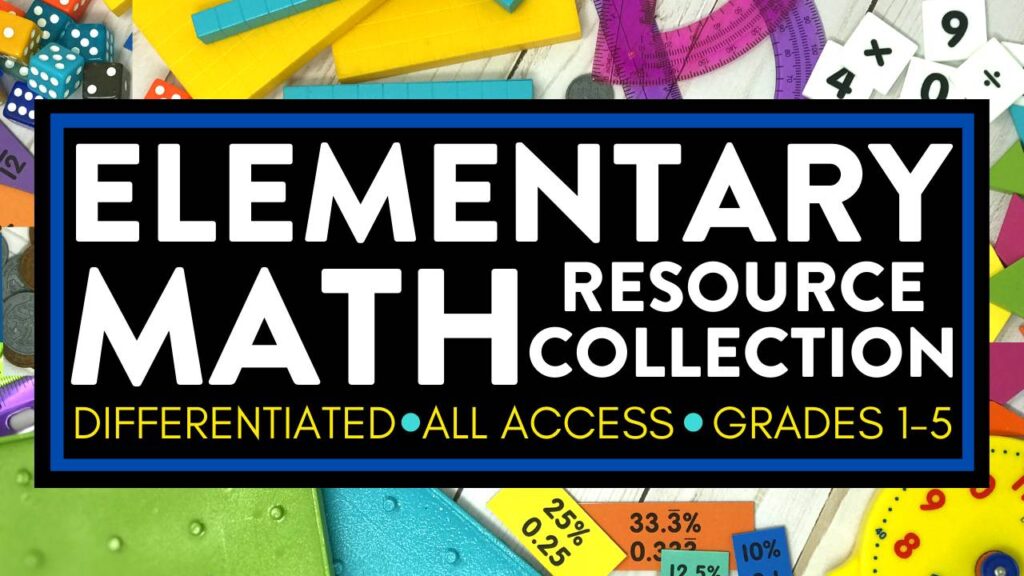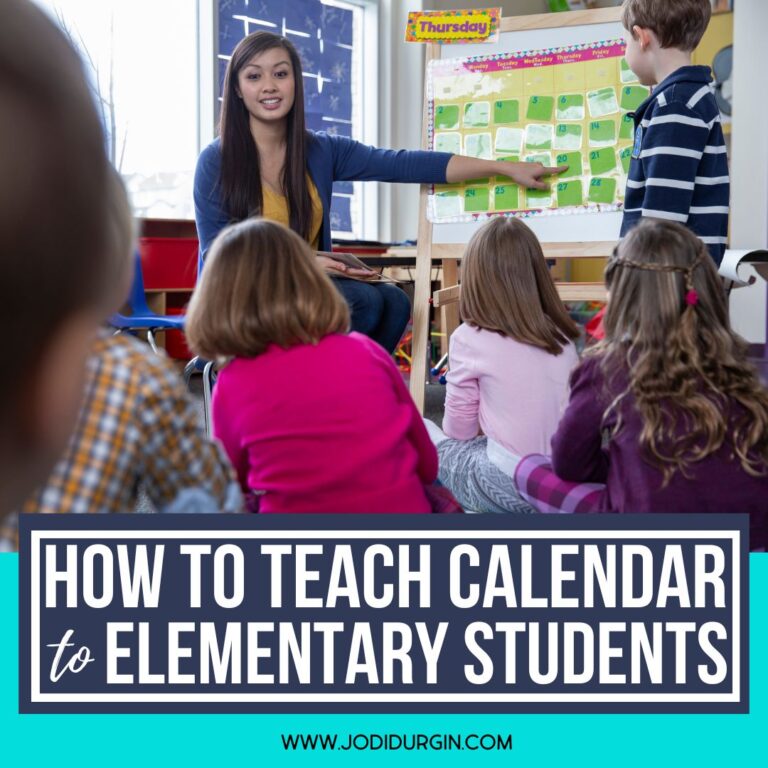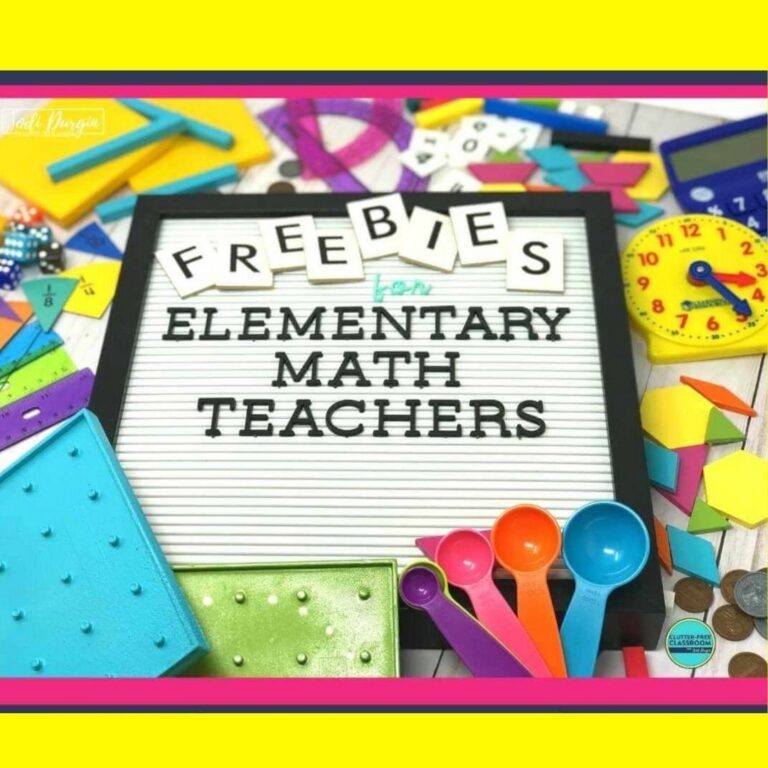If you are an elementary teacher looking for tips and ideas for how to teach comparing numbers, then you found the right place! Learn what comparing numbers is, why it’s important, what your students need to know, and get 5 helpful tips for teaching it in a fun and engaging way. Read all about teaching comparing numbers below!

What is Comparing Numbers?
Comparing numbers is seeing if one number is the same as, smaller than, or bigger than another number. We use the following symbols to compare numbers: < (less than), > (greater than) and = (equal to).
Why is Comparing Numbers Important?
It is important for students to learn comparing numbers because it leads to developing place value understanding and number sense. In addition, it helps students add, subtract and estimate.
What Comparing Numbers Skills Do Students Need to Know?
Below are the Common Core and TEKs standards that relate to comparing numbers that define what students should be able to do by the end of the school year.
Common Core Standards
Below are the CCSS standards related to how to teach comparing numbers.
1st Grade
- Compare two two-digit numbers based on meanings of the tens and ones digits, recording the results of comparisons with the symbols >, =, and <. (1.NBT.B.3)
2nd Grade
- Compare two three-digit numbers based on meanings of the hundreds, tens, and ones digits, using >, =, and < symbols to record the results of comparisons. (2.NBT.A.4)
3rd Grade
- Use place value understanding to round whole numbers to the nearest 10 or 100. (3.NBT.A.1)
4th Grade
- Use place value understanding to round multi-digit whole numbers to any place. (4.NBT.3)
TEKS
Below are the TEKS standards related to how to teach comparing numbers.
1st Grade
- Generate a number that is greater than or less than a given whole number up to 120; (1.2D)
- Use place value to compare whole numbers up to 120 using comparative language; (1.2E)
- Order whole numbers up to 120 using place value and open number lines; and (1.2F)
- Represent the comparison of two numbers to 100 using the symbols >, <, or =. (1.2G)
2nd Grade
- Generate a number that is greater than or less than a given whole number up to 1,200; (2.2C)
- Use place value to compare and order whole numbers up to 1,200 using comparative language, numbers, and symbols (>, <, or =); (2.2D)
3rd Grade
- Compare and order whole numbers up to 100,000 and represent comparisons using the symbols >, <, or =. (3.2D)
5 Tips for How to Teach Comparing Numbers
Below are 5 helpful tips for teaching comparing numbers to elementary students.
1. Read Aloud Picture Books that Teach Comparing Numbers
Reading aloud picture books is a great way to integrate literacy into your math block and present information in a different way. Our favorite picture books for teaching comparing numbers are Gavin the Gator: Greater Than and Less Than by Kathleen L. Stone, More Bugs? Less Bugs? by Don L. Curry and More or Less by Stuart J. Murphy. Check out the full list of math picture books we recommend!
2. Offer Hands On Learning Experiences
Hands-on math experiences help students make connections, remember their learning, and develop a deep conceptual understanding of the content. You can make any lesson interactive and engaging by offering math manipulatives. Our favorite math manipulatives for teaching comparing numbers are dinosaur counters, bear counters, bug counters, linking cubes, unifix cubes, number tiles, base-ten blocks and place value frames.
3. Explicitly Teach Related Math Vocabulary
Teaching math vocabulary is essential for all students, but it is especially beneficial for students who speak English as a second language and students with learning differences. Key vocabulary terms for comparing numbers are >, =, <, symbols, compare, greater than, less than, equal to, more, less, fewer, digit, expanded form, value, two-digit number, three-digit number, expression, models, number line, number names, place value, skip-count, Tens, Ones, Hundreds, amount, base ten model, flat, rod, units and cubes.
4. Give Students Opportunities to Apply Comparing Numbers to the Real World
Learning becomes more meaningful when students understand how it connects to the real world. Students are more engaged and invested in their learning. Some examples of ways we use comparing numbers in the real world are comparing daily temperatures, lengths of pieces of wood and the weight of vegetables. Project based learning and word problems are examples of opportunities for students to apply their learning to real world situations.
5. Encourage Parent Involvement
Parent participation in math is essential because it impacts students’ attitude toward math, proficiency levels this school year, and future success in their math education. Be sure to keep communication open with families and share ways they can support their children in their math learning. Some examples of ways they can practice comparing numbers at home are by looking at ads in newspapers to compare prices on similar items to determine which is the better buy, by comparing final sport scores or by comparing the monthly rain totals during the summer.
In closing, we hope you found this information about how to teach comparing numbers helpful!

